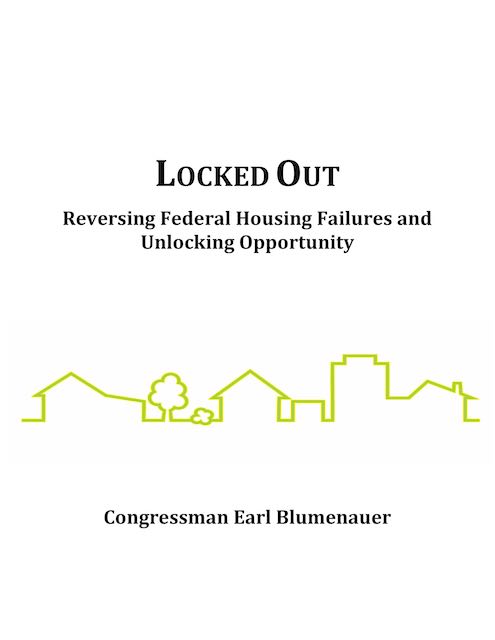Last week, the Census Bureau reported a huge surge in July and August new home sales while the National Association of Realtors reported a parallel growth of existing home sales. Total homes sold is the greatest since the 2006 housing bubble while the year-on-year growth in sales was the greatest since 1983, when the economy was recovering from a recession.
The growth in sales in 2020, however, isn’t due to a bubble or an economic recovery. Instead, it represents a major demographic shift. Financial blogger Wolf Richter argues that it is more evidence of a movement “taking place from some densely populated cities, and especially city centers, and especially from rental apartments, to houses a little further out, or in more distant suburbs.”
The Census Bureau and Realtor data don’t indicate whether the sales are in cities or suburbs, but both agree that the greatest increases are in the South and Midwest, while increases in the Northeast and West are much smaller. This would fit Richter’s guess that people are leaving expensive apartments in New York City and San Francisco and buying homes in more affordable places in Florida, Georgia, Indiana, Minnesota, North Carolina, and Ohio, states that already had some of the fastest-growing urban areas before the pandemic. Continue reading








